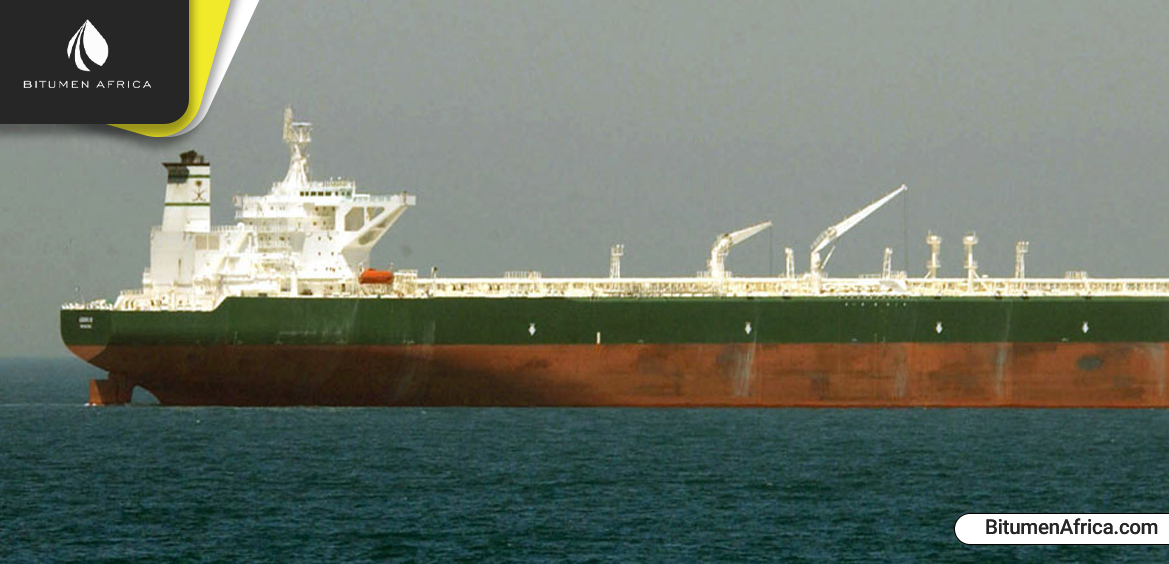Freight rates for very large crude carriers (VLCCs)—the massive ships that haul up to 2 million barrels of oil—have soared to levels not seen since 2022. This spike is driven by rising crude output from OPEC+ and South America, along with a surge in longer-haul shipments to Asia. Rates on the key Middle East-to-China route recently hit $100,000 per day, surpassing highs seen during the Israel-Iran tensions earlier this year. Unlike past surges triggered by geopolitical shocks, this rally is rooted in strong market fundamentals.
OPEC+ has ramped up production, and Saudi Arabia is offering discounted crude to Asian buyers, boosting exports from the Middle East. As the region exits its peak summer demand period—when crude is burned for electricity—more oil is expected to flow toward Asia. Meanwhile, U.S. producers are also increasing output, adding to the global supply glut. These dynamics are creating robust demand for tankers, especially VLCCs, and are expected to lift rates for smaller vessels like Aframaxes and Suezmaxes through the fourth quarter.
Sanctions on Russia, Iran, and Venezuela have split the global tanker fleet into compliant operators and shadow fleets. This division is tightening available supply for legitimate crude transport, pushing spot rates even higher. VLCC rates on the Middle East-China route have reached $6.6 million per voyage, with daily earnings topping $100,000. Analysts suggest that mainstream tanker owners stand to benefit from increased ton-mile demand as sanctioned fleets face restrictions.
However, the boom in freight rates carries risks. The cost of shipping crude from the U.S. Gulf Coast to Asia has climbed to $1.75 per barrel, narrowing the arbitrage window and threatening to pause this major trade route. Rising WTI premiums and shipping costs are making U.S. crude less competitive in Asia, potentially dampening Atlantic market activity in the short term.
Despite these headwinds, industry leaders remain optimistic. Frontline CEO Lars Barstad noted strong seasonal demand and expects Middle East exports to rise as winter approaches. While the outlook for VLCCs remains bullish, brokers caution that “the sky is not without clouds.” If shipping costs continue to climb, they could undermine the very demand that’s fueling the current boom.

